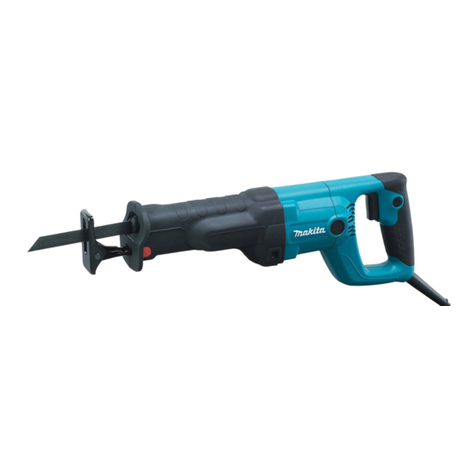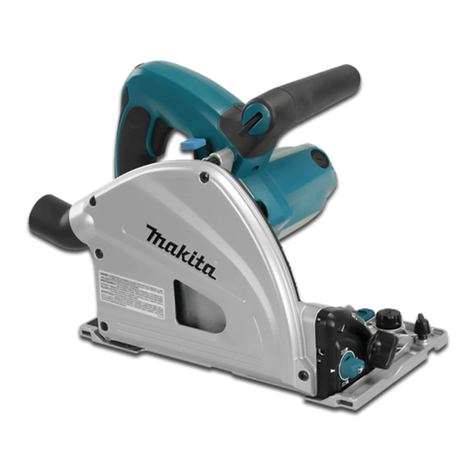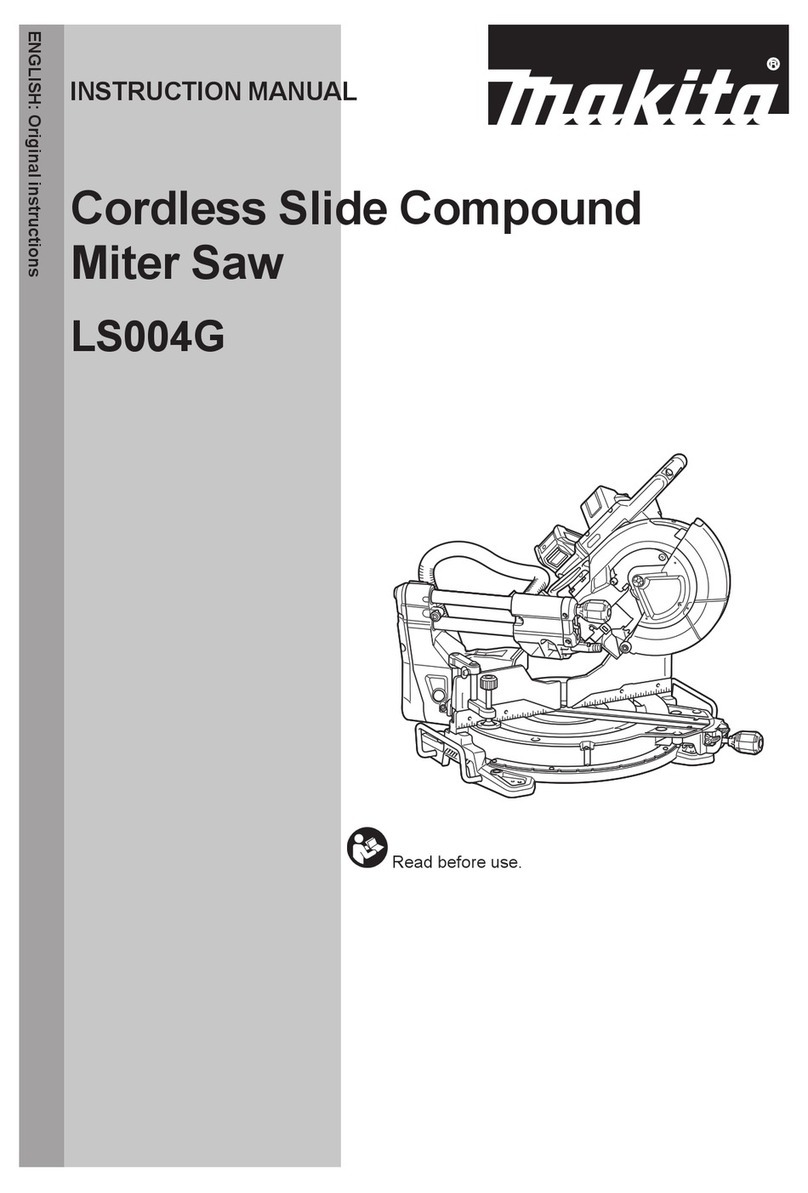Makita LS0815F User manual
Other Makita Saw manuals
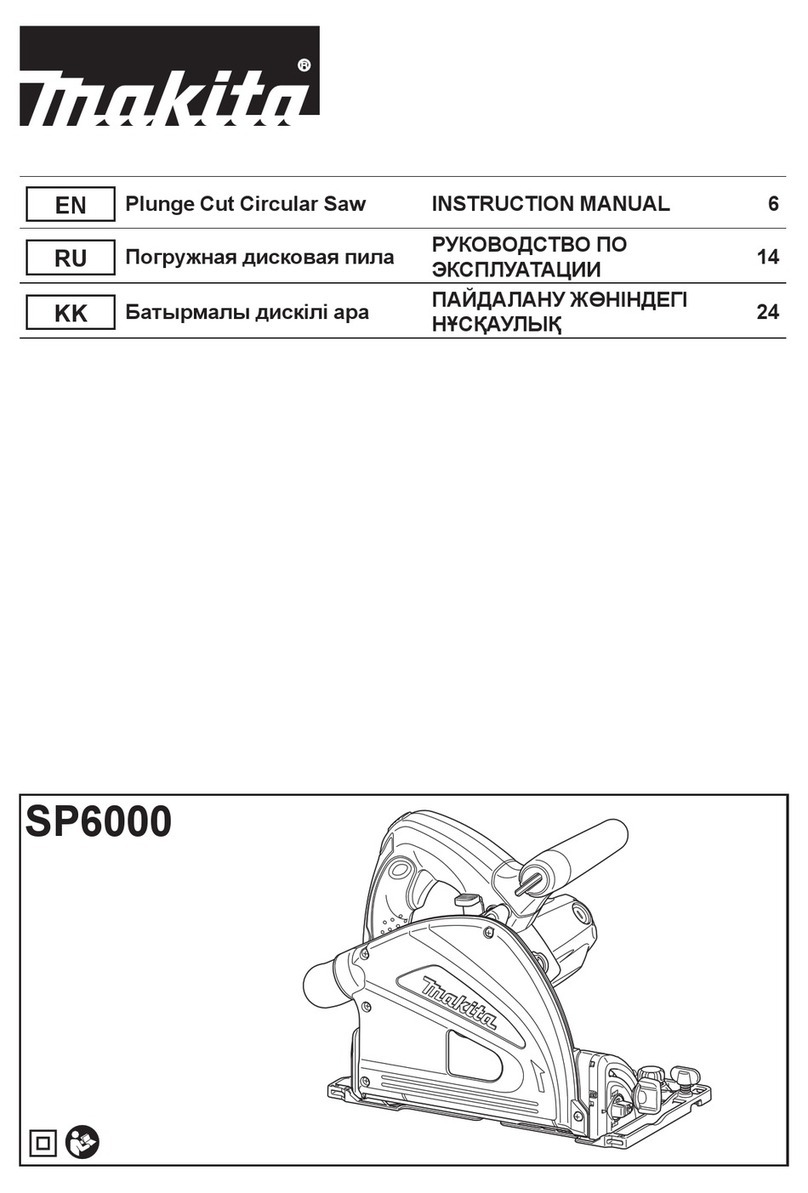
Makita
Makita SP6000 User manual
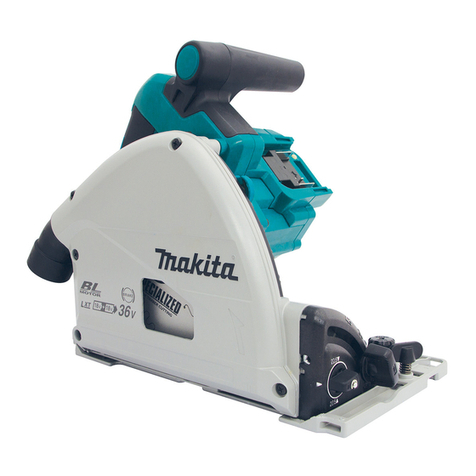
Makita
Makita DSP600PT2J User manual

Makita
Makita LS1019 User manual
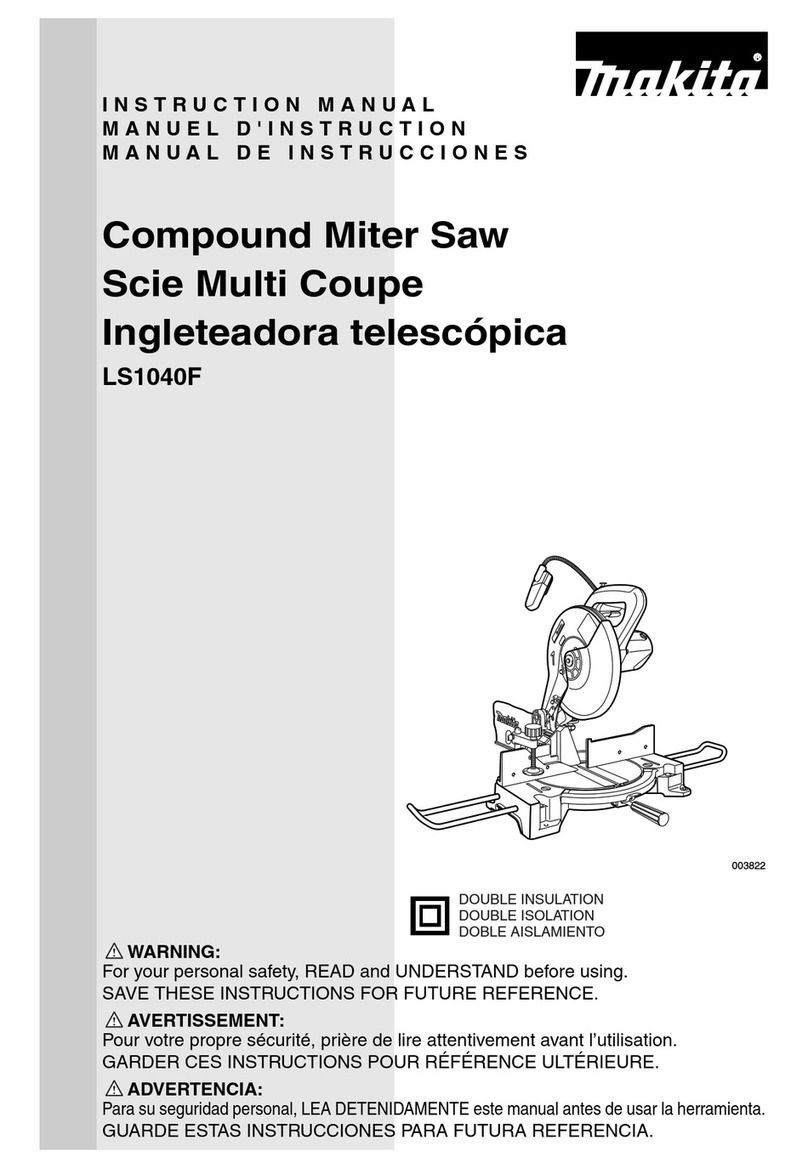
Makita
Makita LS1040F User manual
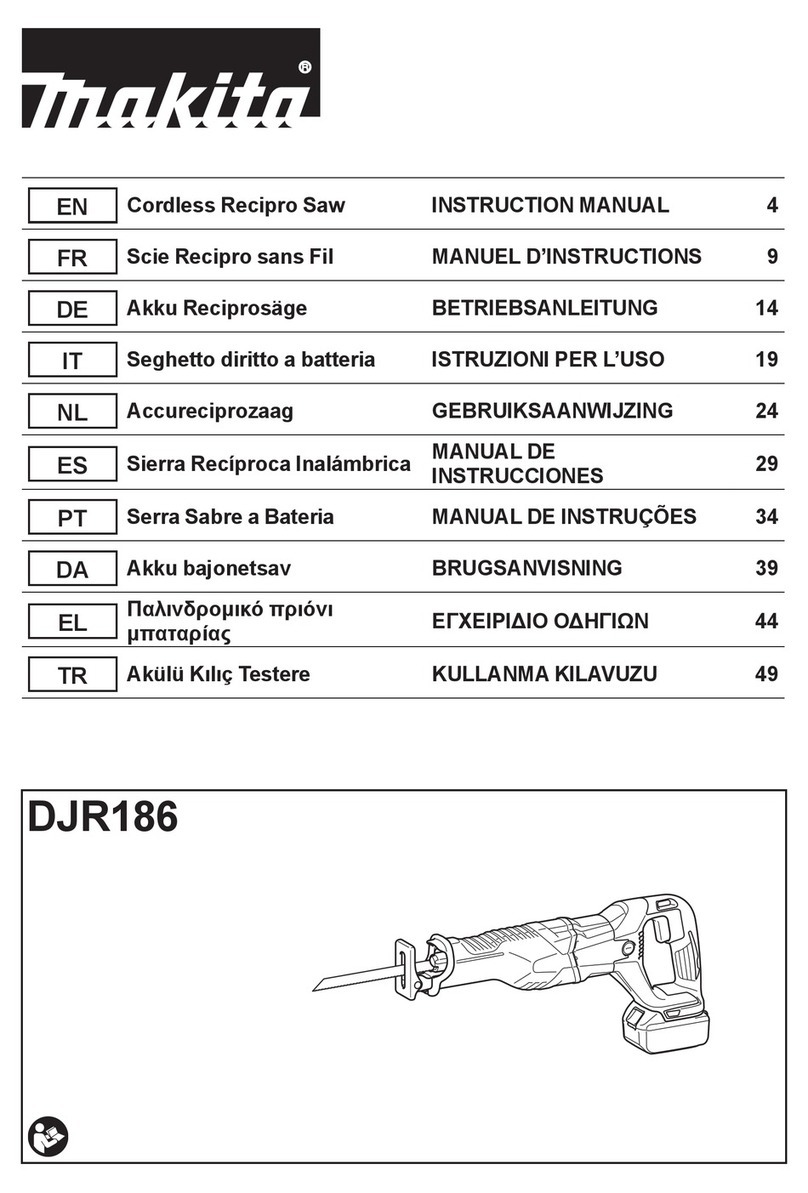
Makita
Makita DJR186 User manual
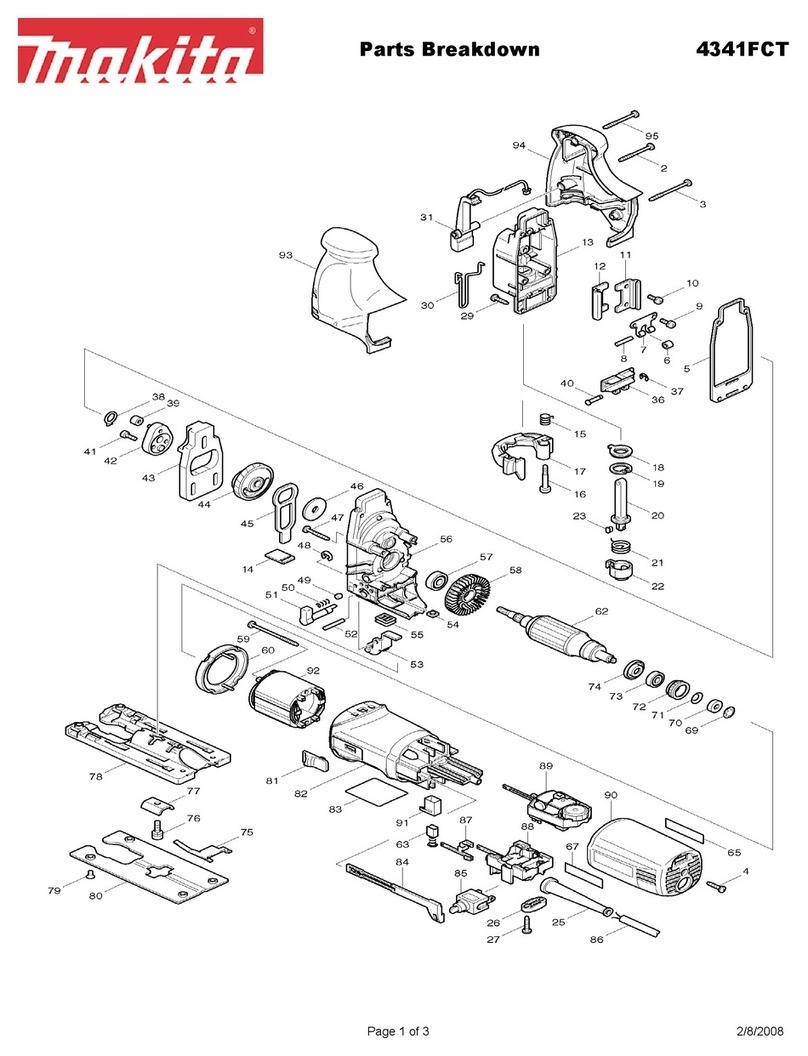
Makita
Makita 4341FCT Quick start guide
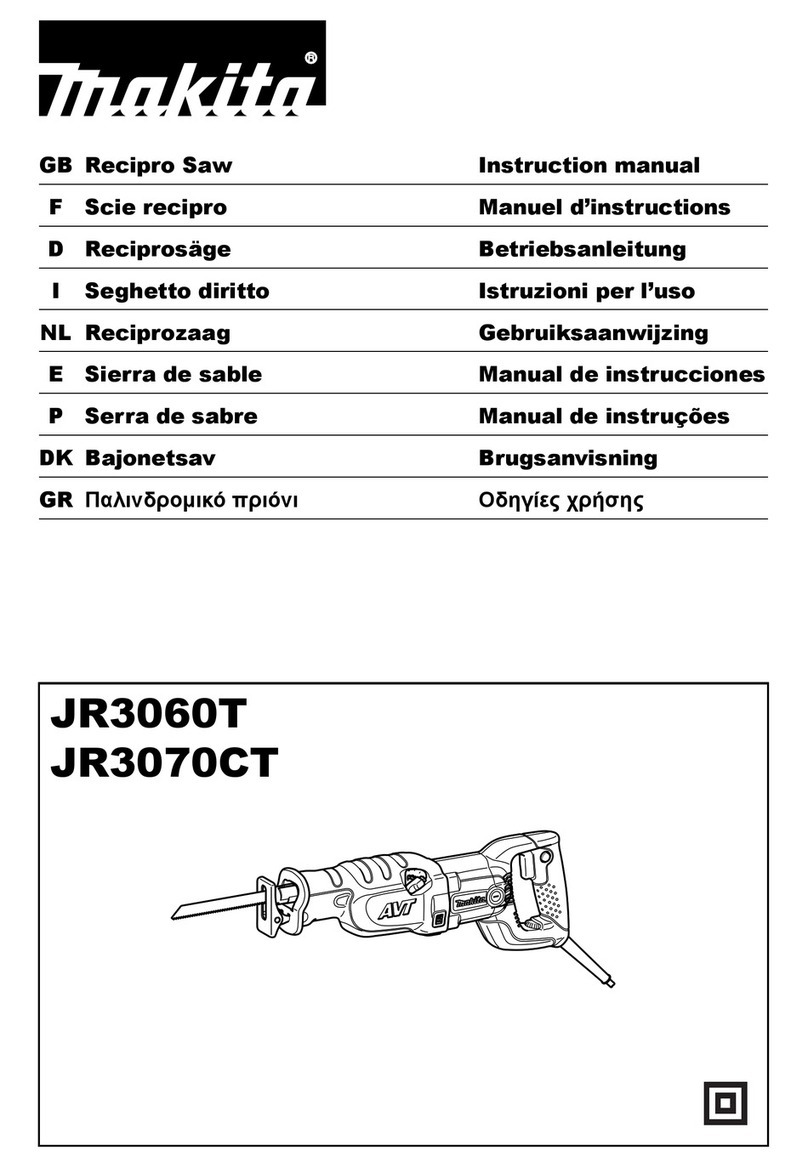
Makita
Makita JR3060T User manual
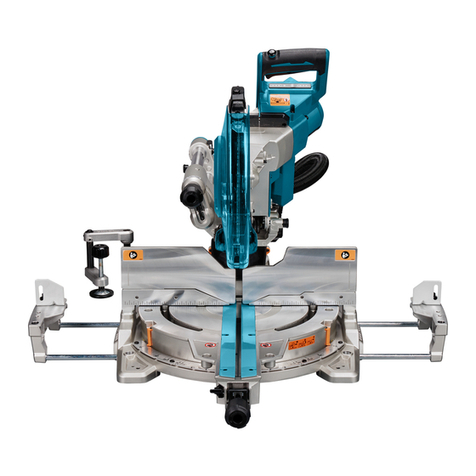
Makita
Makita DLS211 User manual

Makita
Makita 2414EN User manual

Makita
Makita 2712 User manual
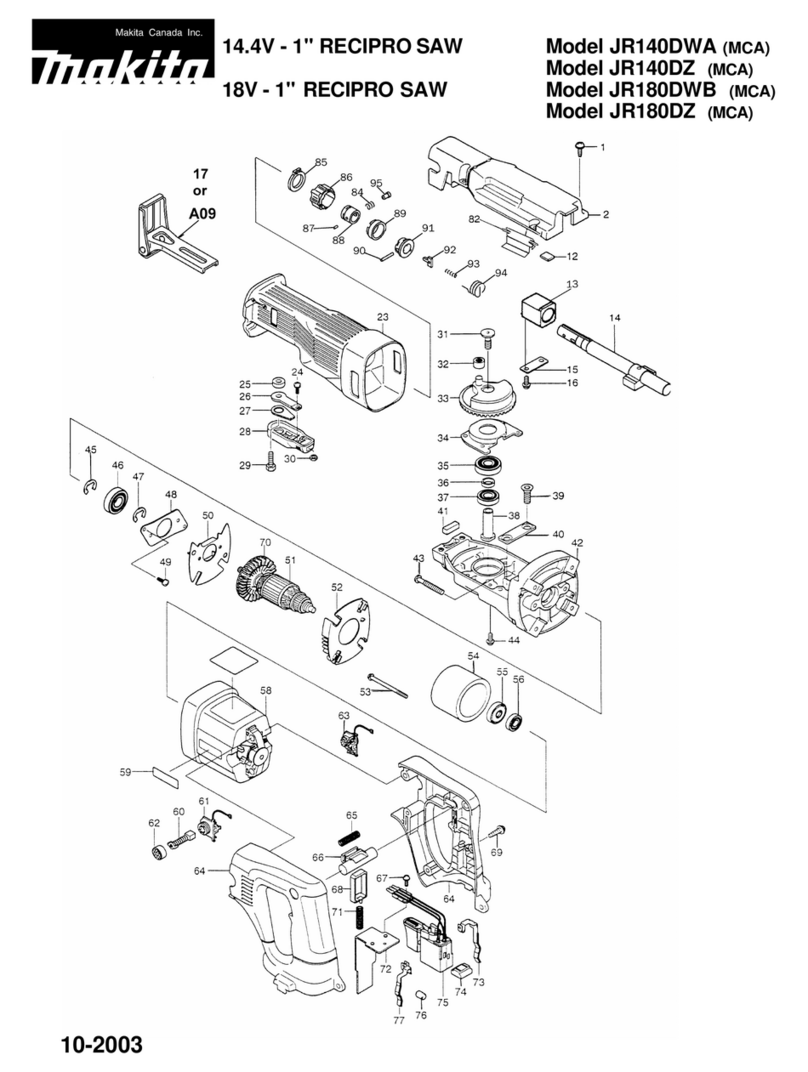
Makita
Makita JR180DWB User manual
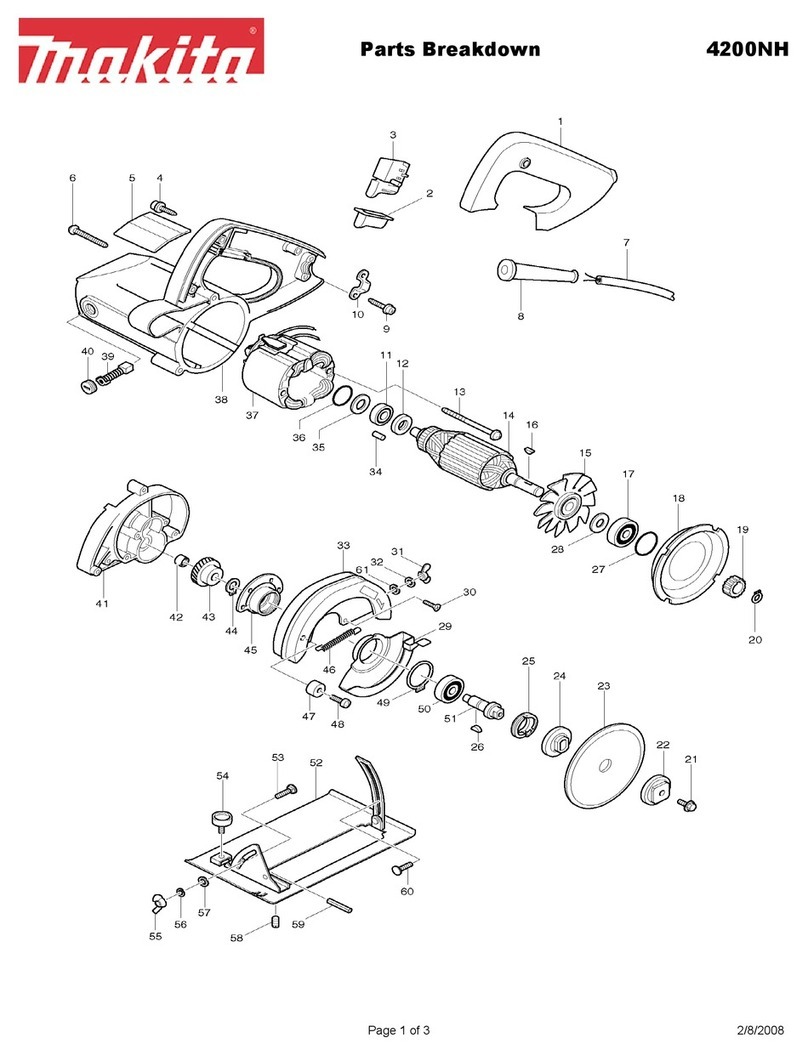
Makita
Makita 4200NH Quick start guide
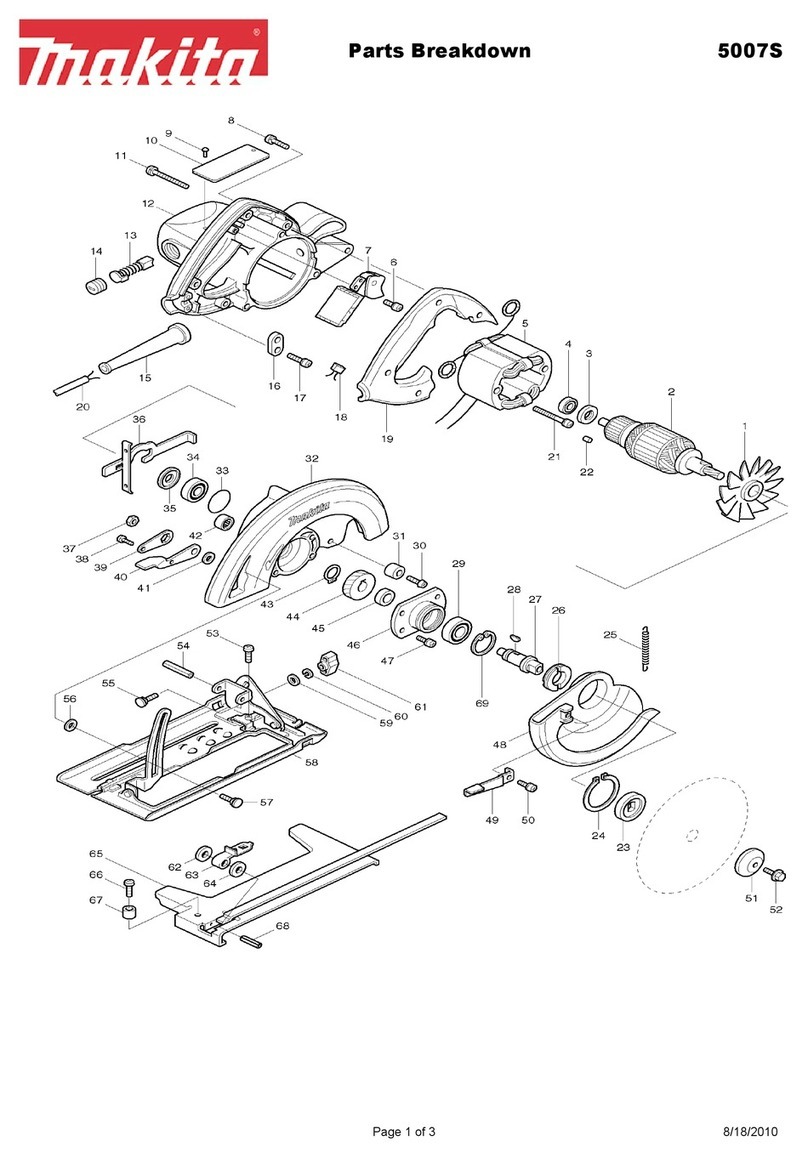
Makita
Makita 5007S Quick start guide

Makita
Makita DHS710 User manual
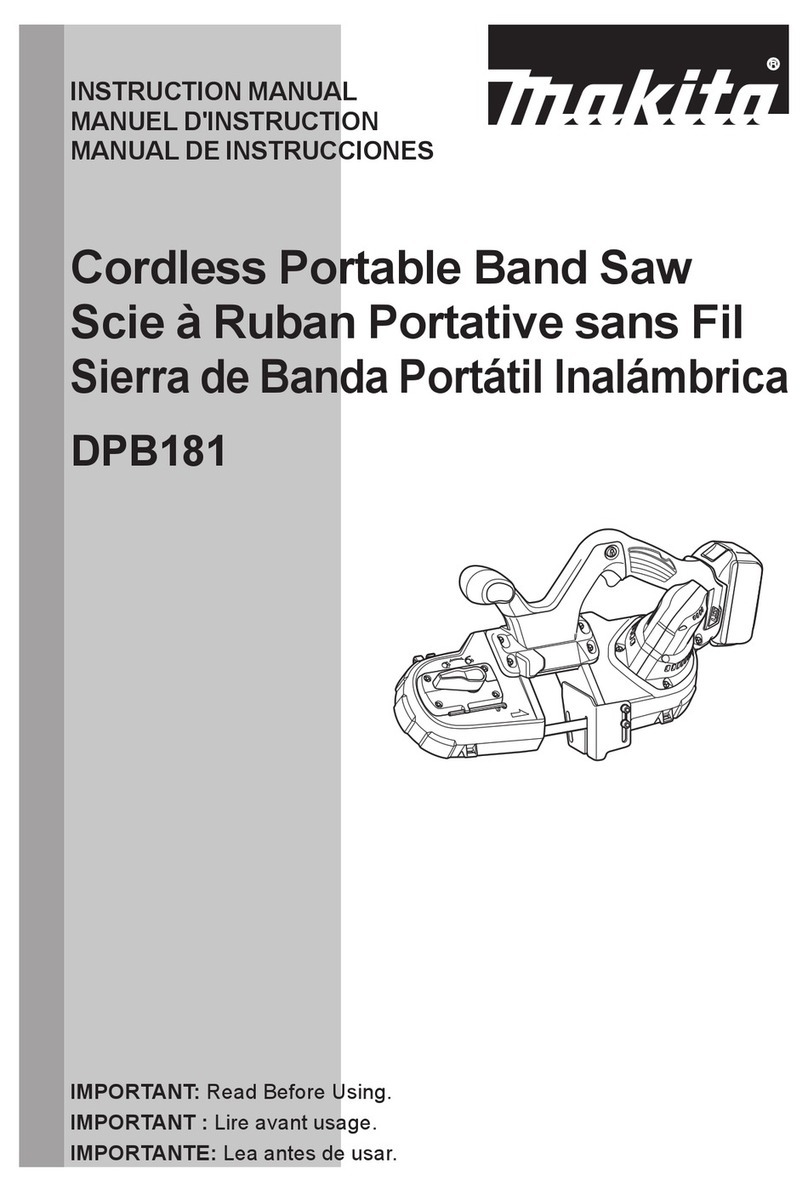
Makita
Makita DPB181 User manual

Makita
Makita LS1013 User manual
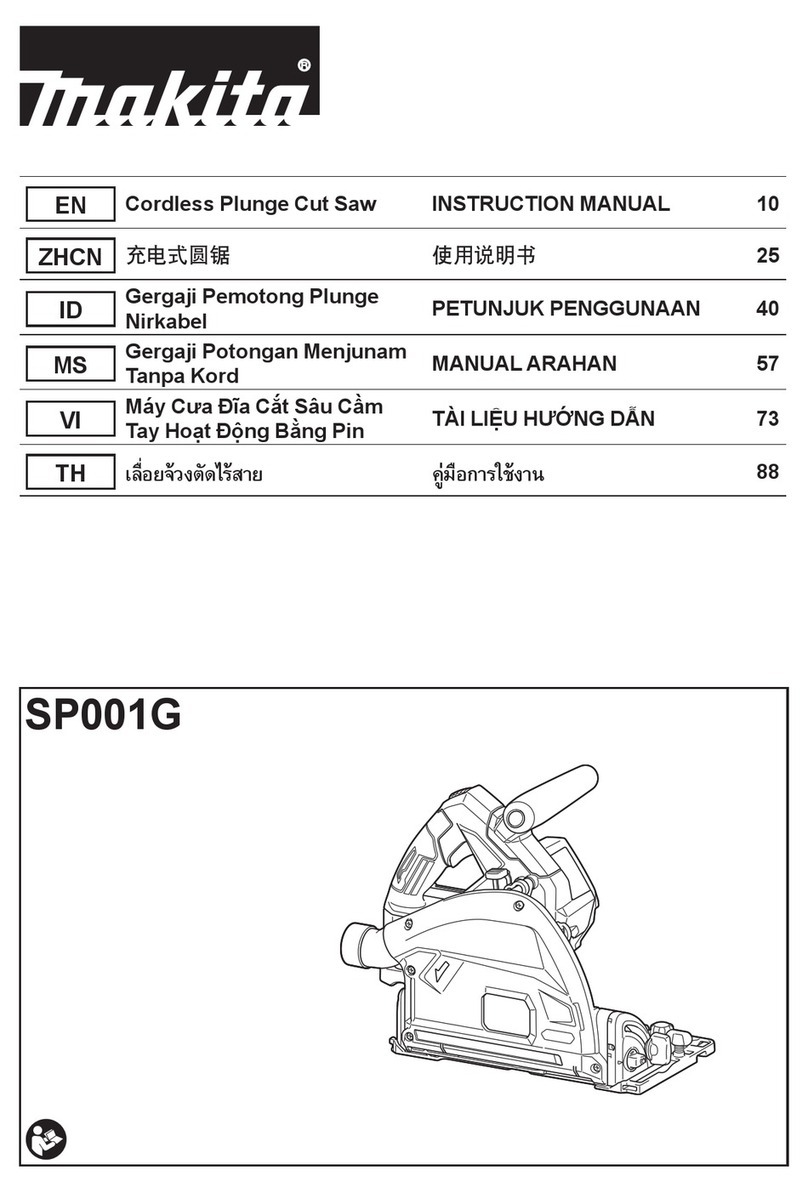
Makita
Makita SP001G User manual

Makita
Makita LS1040 User manual
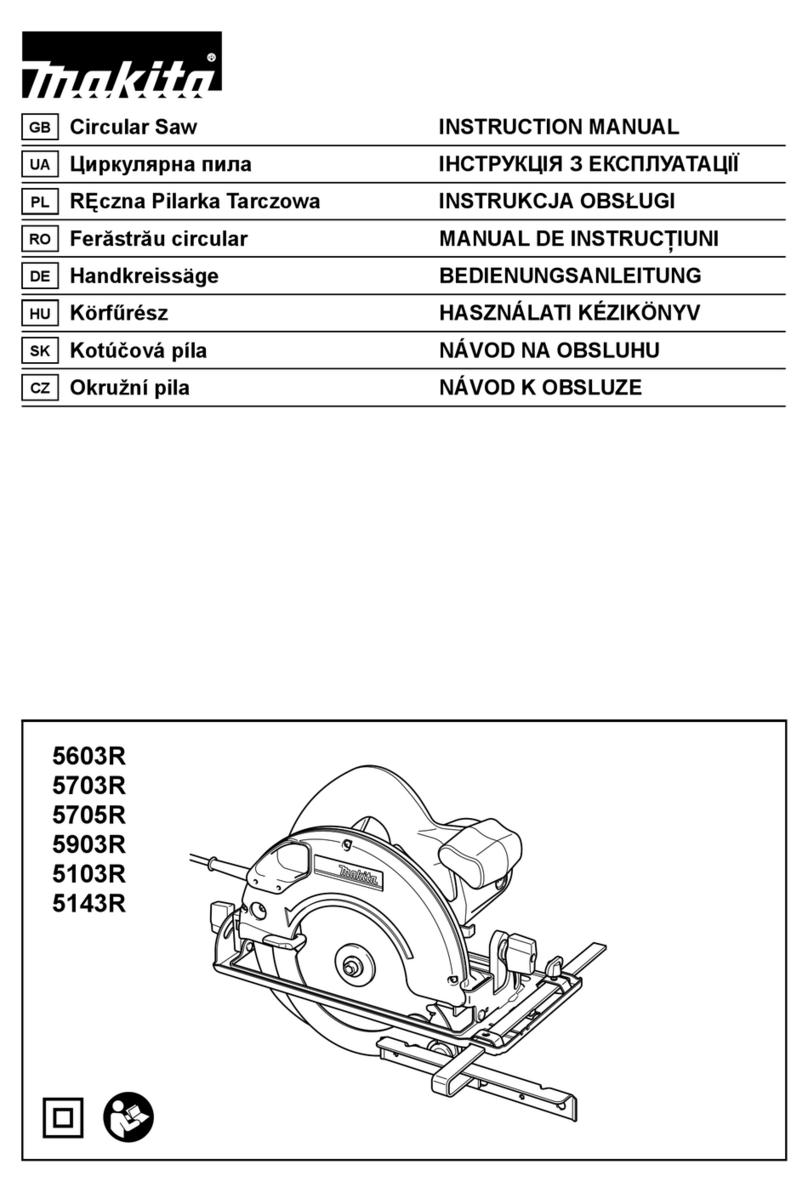
Makita
Makita 5603R User manual
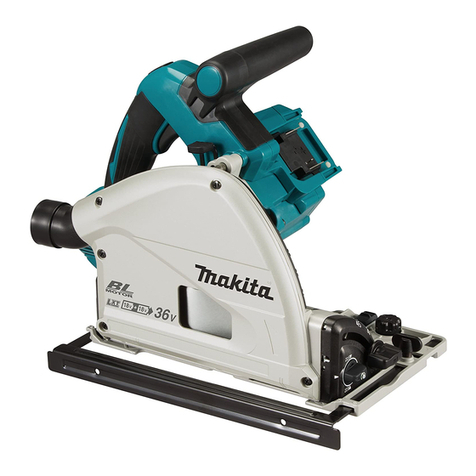
Makita
Makita DSP601ZJU User manual
